Saffron, often referred to as the “red gold,” is a spice known for its vibrant color, distinctive aroma, and unique flavor profile. While saffron is generally considered a luxury spice, certain varieties stand out as the crème de la crème in terms of price, often earning them the title of the most expensive saffron in the world. In this article, we embark on a journey to discover and unravel the factors that contribute to the exceptional value of these prized saffron strands.
Nestled in the picturesque valleys of Kashmir, India, this region produces some of the most coveted saffron globally. The intense labor involved in hand-harvesting the delicate crocus flowers, coupled with the unique climatic conditions of the Himalayan terrain, contributes to the premium quality of Kashmiri saffron. The vibrant red color and robust flavor profile make it a sought-after variety, commanding a high price in the global market.
Iran has long been a leading producer of saffron, and its saffron is renowned for its deep red color and strong aroma. The historical significance of saffron cultivation in Iran, coupled with traditional harvesting methods passed down through generations, adds to the allure of Iranian saffron. The meticulous care taken in the production process contributes to its premium status and elevated market price.
The La Mancha region in Spain is recognized for producing high-quality saffron with a unique flavor profile. Spanish saffron, characterized by its deep red threads, benefits from the region’s specific climate and altitude. The stringent regulations governing saffron cultivation in La Mancha contribute to the rarity of this spice, making it one of the most expensive saffron varieties globally.
Greece, specifically the Kozani region, boasts the production of Krokos Kozanis, a saffron variety with protected designation of origin (PDO) status. This recognition underscores the uniqueness of the saffron cultivated in this region. The combination of favorable soil conditions and traditional cultivation methods imparts a distinct flavor and aroma to Greek saffron, elevating its price to premium levels.
The world’s most expensive saffron varieties share common threads of exceptional quality, labor-intensive cultivation, and adherence to traditional methods. Whether it’s the Himalayan splendor of Kashmiri saffron, the historical elegance of Iranian strands, the European sophistication of Spanish saffron, or the Mediterranean excellence of Greek Krokos Kozanis, each variety has a unique story to tell. The high price of these saffron varieties is not just a reflection of their rarity but a testament to the centuries-old craftsmanship and dedication that goes into cultivating the world’s most prized spice. As these saffron strands find their way into kitchens around the globe, they not only add a touch of luxury but also carry with them the rich heritage and traditions of the regions that cultivate them.
Golden Valuation: Exploring Factors Influencing the Price of Saffron
Saffron, often heralded as the “golden spice,” commands a premium price that places it among the most expensive culinary treasures in the world. This captivating spice, derived from the delicate Crocus sativus flower, is not just renowned for its vibrant color, distinctive flavor, and aromatic richness; it also carries a price tag that reflects the intricate journey from field to market. In this essay, we delve into the factors that contribute to the golden valuation of saffron, unraveling the complexities behind its high price.
- Labor-Intensive Cultivation:
At the heart of saffron’s golden valuation is the labor-intensive nature of its cultivation. Unlike many other spices that are mechanically harvested, saffron demands meticulous hand-harvesting of the delicate crimson stigmas from each flower. The process requires skilled labor and extensive time, turning the cultivation of saffron into a manual art form that contributes significantly to the overall cost.
- Low Yield per Flower:
The Crocus sativus flower produces a relatively low yield of saffron. With only a few delicate threads emerging from each blossom, a vast number of flowers is required to yield a significant quantity of saffron. This low yield per flower translates into expansive fields and careful cultivation, amplifying the cost of production.
- Climate Sensitivity:
Saffron cultivation is highly dependent on specific climatic conditions. The Crocus sativus plant thrives in regions with well-defined seasons and a dry climate. This sensitivity to weather variations and the need for precise climate conditions contribute to the exclusivity and cost of cultivating saffron.
- Time-Consuming Drying Process:
Following the delicate harvest, saffron threads undergo a meticulous drying process to preserve their quality. The drying period is extended and requires careful monitoring to prevent mold or degradation of the saffron’s color and flavor. The attention to detail in this drying phase adds both time and cost to the overall production.
- Rarity and Geographical Specificity:
Saffron cultivation is geographically specific, with certain regions gaining recognition for producing saffron of exceptional quality. The rarity of these specific varieties, often tied to a particular region’s terroir, contributes to their high valuation. Examples include Kashmiri saffron from India, La Mancha saffron from Spain, and Iranian saffron, each renowned for its unique characteristics.
- Quality Control and Certification:
Maintaining the purity and quality of saffron is crucial in a market where adulteration is a persistent concern. Producers often invest in rigorous quality control measures and certifications to ensure that their saffron meets stringent standards. These additional efforts, while essential for consumer confidence, contribute to the overall cost of saffron production.
- Cultural Significance and Traditional Practices:
Saffron holds cultural and historical significance in many regions where it is cultivated. Traditional cultivation methods passed down through generations, combined with the cultural value of saffron, contribute to the labor-intensive nature of its production. The adherence to these traditional practices adds to the golden valuation of saffron.
In conclusion, the golden valuation of saffron is a result of a combination of labor-intensive cultivation, low yields per flower, climate sensitivity, meticulous processing, geographical specificity, and adherence to traditional practices. As consumers savor the rich hues and flavors of saffron in their culinary endeavors, they also partake in the centuries-old narrative of a spice whose golden valuation is a testament to the craftsmanship and dedication woven into each delicate thread.
Gilded Threads: Unraveling the Complex Tapestry of Saffron’s High Cost
Saffron, often referred to as the “red gold,” not only adds a burst of color to culinary creations but also comes with a price tag that places it among the world’s most expensive spices. The high cost of saffron is a complex tapestry woven with various threads, each contributing to the intricate valuation of this coveted spice. In this essay, we embark on a journey to unravel the factors that contribute to the gilded threads of saffron’s high cost.
The journey of saffron begins with the delicate Crocus sativus flower, where the prized stigmas must be hand-harvested with meticulous care. This labor-intensive process requires skilled hands to delicately pluck the crimson threads from each blossom, making saffron cultivation a time-consuming and artisanal endeavor. The human touch involved in the harvesting process not only adds to the charm of saffron but also significantly contributes to its high cost.
Saffron threads emerge sparingly from each Crocus sativus flower, demanding a vast number of flowers to produce a significant quantity. Large expanses of land are dedicated to saffron cultivation to meet market demands, adding to the overall expense. The low yields per flower and extensive cultivation required contribute to the scarcity and, subsequently, the high cost of saffron.
Saffron cultivation is highly sensitive to climate conditions. The Crocus sativus plant thrives in regions with distinct seasons and a dry climate. Specific temperature and sunlight requirements must be met to ensure optimal growth. This sensitivity to climate factors makes saffron cultivation challenging and adds an element of unpredictability, impacting the overall cost.
Following the delicate harvest, saffron threads undergo an extended drying process. This meticulous phase is critical for preserving the spice’s color, flavor, and aroma. The careful monitoring and time invested in the drying process contribute to the high cost of saffron, as producers prioritize maintaining the spice’s quality.
Certain regions have gained renown for producing saffron of exceptional quality, each with its unique flavor profile and visual appeal. The geographical specificity of saffron cultivation, such as the Kashmiri saffron from India or the La Mancha saffron from Spain, adds to its rarity and exclusivity, influencing the market value.
In a market where authenticity is paramount, producers invest in rigorous quality control measures to ensure the purity of saffron. These measures, including testing for additives or adulterants, contribute to the overall cost. Certifications attesting to the spice’s quality also play a role in reassuring consumers and maintaining market value.
Saffron holds cultural and historical significance in many regions where it is cultivated. Traditional cultivation methods, often passed down through generations, contribute to the labor-intensive nature of saffron production. The adherence to these cultural practices adds to the spice’s allure but also contributes to its high cost.
In conclusion, the high cost of saffron is a result of a delicate interplay of factors, weaving a complex tapestry that reflects the spice’s rarity, labor-intensive cultivation, climate sensitivity, and adherence to tradition. As consumers indulge in the rich flavors and hues of saffron-infused dishes, they become partakers in a narrative where each gilded thread tells a story of craftsmanship, dedication, and the preciousness of the “red gold.”
Saffron Currency: Exploring the Varied Valuation Across Continents
Saffron, often hailed as the “red gold,” transcends its culinary utility to become a unique form of currency, coveted and exchanged across continents. The valuation of saffron, however, is far from uniform, and its worth varies dramatically depending on the region of cultivation. In this essay, we embark on a journey to explore the intriguing dynamics of saffron currency, delving into the factors that contribute to its diverse valuation across continents.
Iran stands as a powerhouse in saffron production, contributing significantly to the global market. Renowned for its deep red strands and potent aroma, Iranian saffron holds a revered position. The vast saffron fields, combined with traditional cultivation methods and a rich history in saffron production, contribute to Iran’s dominance. The sheer volume of production allows Iranian saffron to be relatively more accessible, influencing a moderate valuation compared to other regions.
Spain, particularly the La Mancha region, boasts its own saffron variety distinguished by its vibrant color and unique flavor profile. La Mancha saffron benefits from the strict regulatory standards imposed on its cultivation, ensuring a premium product. The European market accords a higher value to La Mancha saffron, appreciating its culinary finesse and the meticulous attention given to its production.
Nestled in the Himalayan region, Kashmir, India, produces saffron known for its long, thick strands and deep red color. The unique climatic conditions, combined with traditional cultivation practices, contribute to the exclusivity of Kashmiri saffron. Its rarity and distinct characteristics place it at a premium valuation, making it highly sought after in both domestic and international markets.
Greece, particularly the Kozani region, has carved a niche for its saffron variety known as Krokos Kozanis. With a Protected Designation of Origin (PDO) status, this saffron reflects the region’s unique terroir. The European Union’s recognition of Krokos Kozanis as a product of geographical indication adds to its value, making it a sought-after spice in the Mediterranean culinary landscape.
Morocco, situated in North Africa, has also emerged as a notable saffron producer. Although not as extensive as some of its counterparts, Moroccan saffron showcases its own distinctive qualities. The spice’s value in Moroccan markets aligns with its unique characteristics, contributing to a regional saffron currency that reflects North African elegance.
The valuation of saffron is not only influenced by its origin but also by global trade dynamics. Demand from various regions, the spice’s reputation for authenticity, and the prevalence of counterfeit saffron in certain markets all impact its overall value. The intricate dance of supply and demand on the global stage further shapes the currency of saffron.
In the world of saffron, each region weaves its own narrative, contributing to the diverse currency of this precious spice. Whether it’s the expansive saffron fields of Iran, the Himalayan terrains of Kashmir, the European elegance of La Mancha, the Mediterranean excellence of Greece, or the North African charm of Morocco, saffron’s value transcends borders. As this spice continues to traverse continents, it carries not just its vibrant color and rich aroma but also the unique story of each region, adding layers of cultural and geographical significance to its varied valuation.



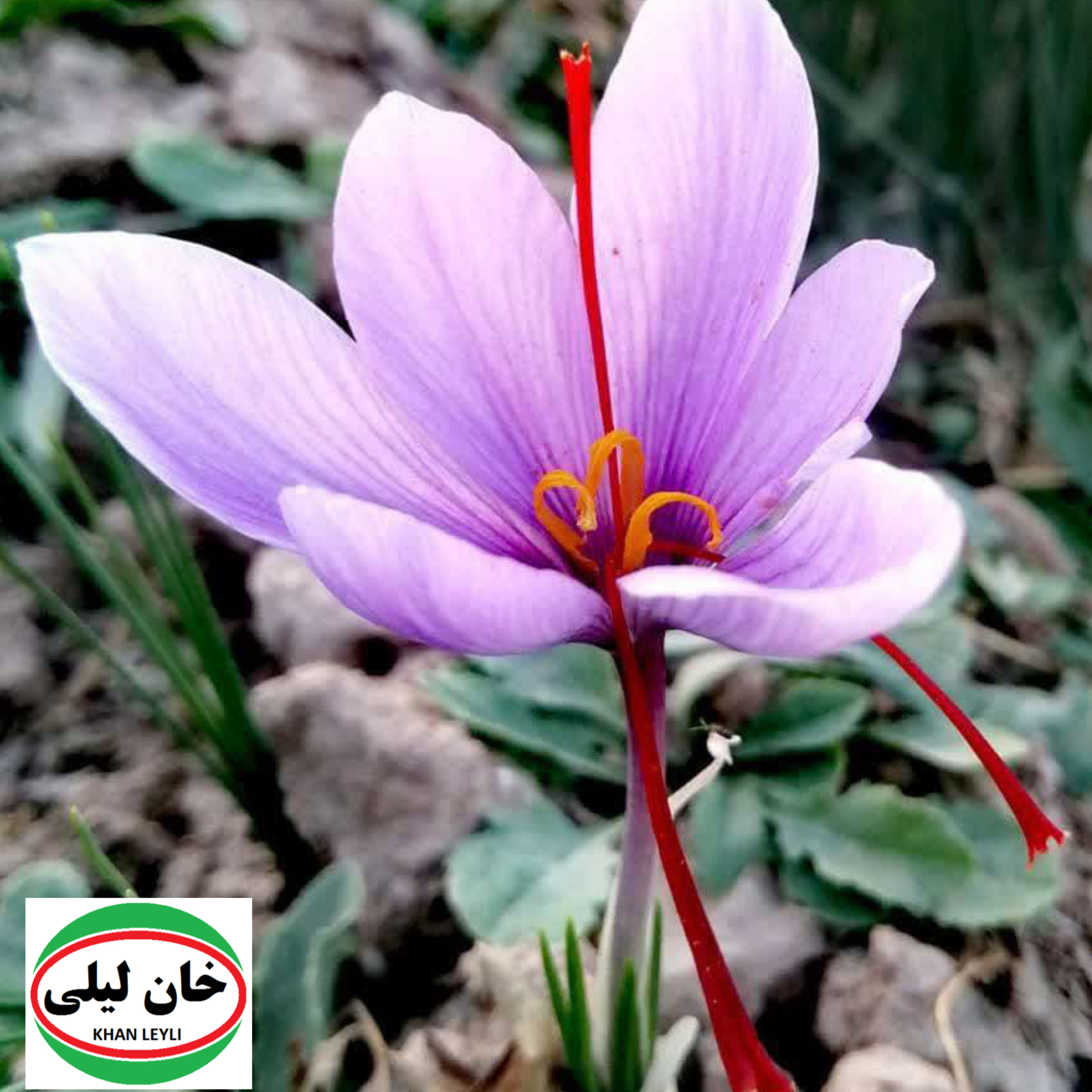
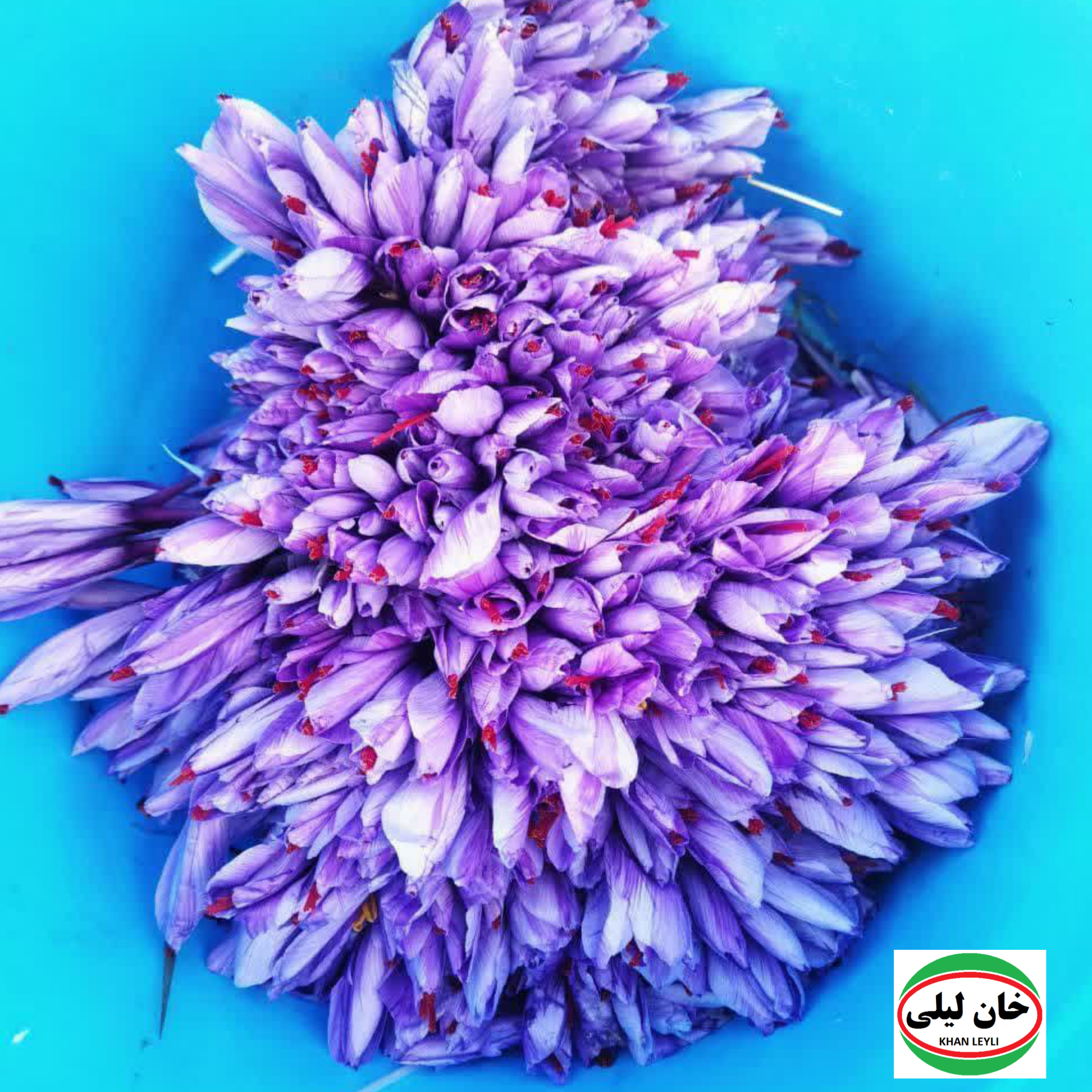
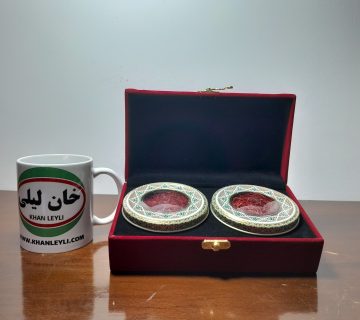
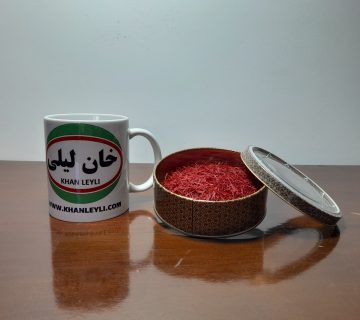
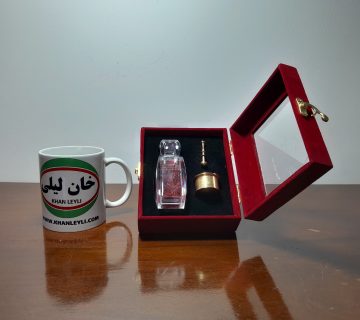
No comment